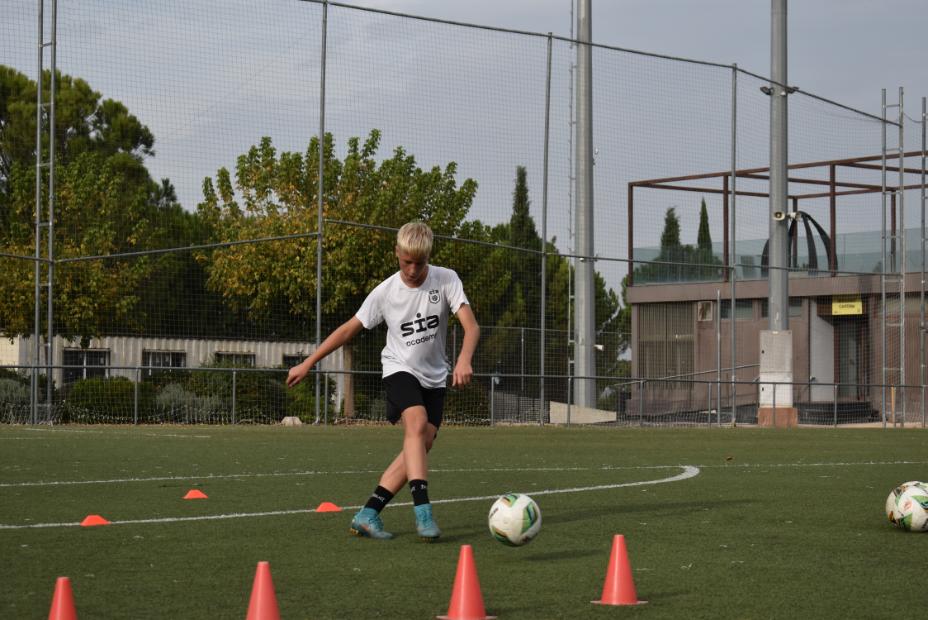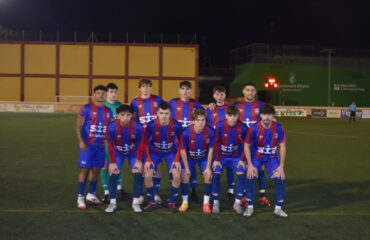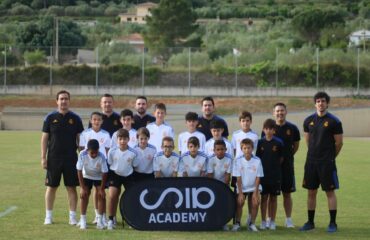Development of motor coordination skills at SIA Academy
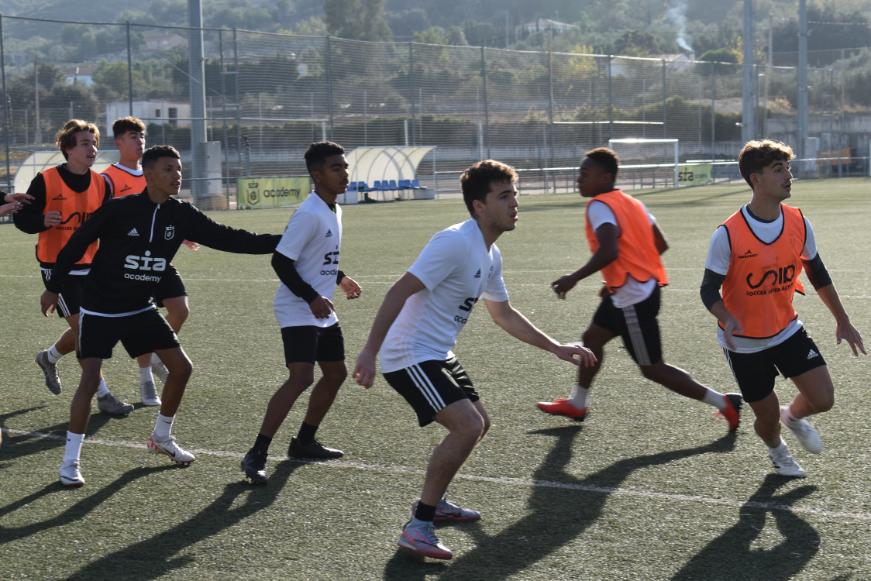
In football, the development of motor skills in the formative stages of a player’s development is fundamental. Football is one of the most popular sporting disciplines in the world, with more than 265 million players participating in various competitions organised around the world, and 211 associations affiliated to FIFA in 2021 (International Federation of Association Football).
This makes for high competitiveness in football activities, whereby, in order to achieve the best results, a player must have certain levels of key skills, including technical, tactical, mental and motor skills. The latter includes, among others, motor coordination skills (CMS).
Important factors to cover in order to perform in football

To perform in football, an adequate level of motor skills is very important, as it is one of the main factors influencing a player‘s effectiveness during a match, therefore increasing the level of specific coordination motor skills is one of the most important factors to achieve the expected performance results.
What do motor coordination skills consist of?
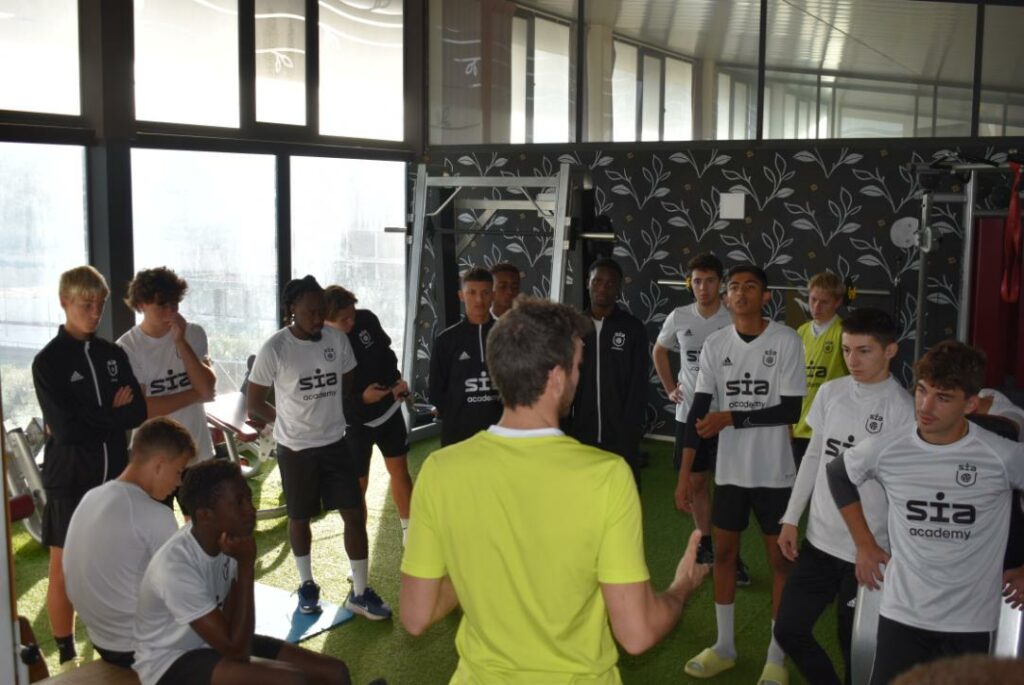
Coordination motor skills are determined by cognitive and control-regulation processes, which means that a person’s predisposition to coordination is determined by the system of regulation and control of movements, i.e. the efficiency of the information organisation mechanism, and its external expression is manifested in the economy and precision of movement.
This makes it easier for players with a high level of specific skills to learn new motor skills and activities, as they can rely on a wide range of technical and motor skills acquired during coordination training at an earlier age.
Coordination motor skills
Although the choice of the importance of individual coordination motor skills in a football match may differ, models of coordination requirements in football often emphasise the importance of two coordination motor skills:
- Adaptability (motor adaptation): This ability is defined as the ability to quickly adjust developed forms of movements or to switch from one motor activity to another according to changing conditions, whether existing or likely. Adaptability is responsible for 26.07% of the variance in the common structure of coordination skills in male football players. It also correlates with the ability to combine movements (16.7%), pacing ability (13.9%) and balance (9.3%). In sports science, motor tests of the same type are often used as a research tool to assess these coordination motor skills.
- Complex reaction time: This is defined as the ability to quickly perform a complete movement of short duration in response to a known or previously unknown signal (optical, acoustic, tactile, kinaesthetic) with the whole body or a part of it. Among the various ways of assessing a player‘s reaction time, in football the main focus is on reacting quickly to a set of stimuli, which is expressed in the fact that, when a player is confronted with a large number of different signals, he responds to each of them differently. In football, as in other sports, the most commonly occurring quick reaction is when a player must react in various ways to many signals, including the distance to the goal, the position on the field or the movements of his opponents and teammates.
10 tasks to perform for coordination training
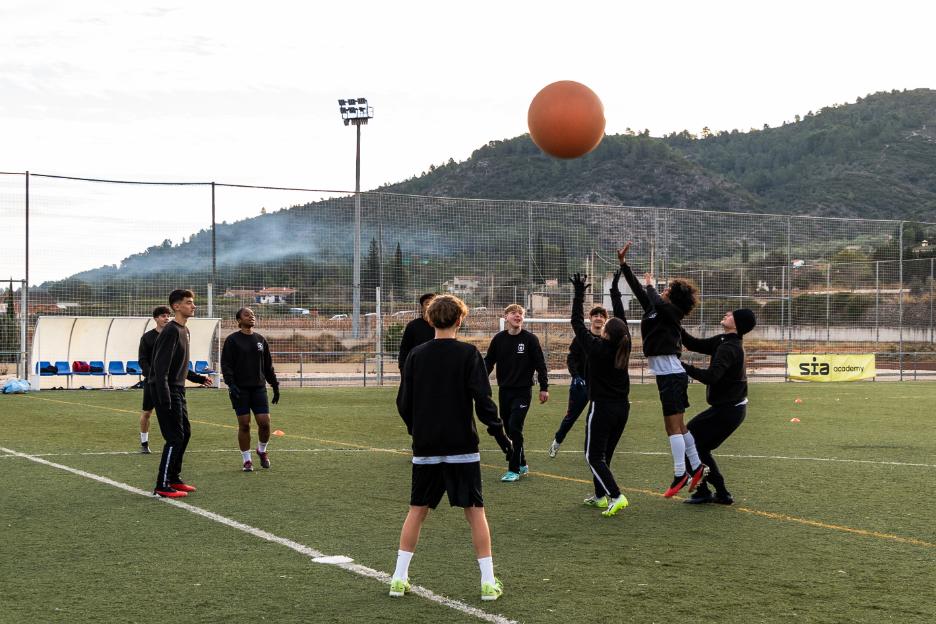
At SIA Academy we take into account the following 10 tasks for a correct coordination training in the formative stage of our players:
1. Balance and stability games: We incorporate games that challenge balance, such as standing on one foot or walking on a line marked on the ground. This helps children develop a solid foundation of balance.
2. Agility games: In our high performance academy, we use exercises that improve agility, such as slalom races between cones or fast jumps in different directions. These exercises will help children to move nimbly on the field.
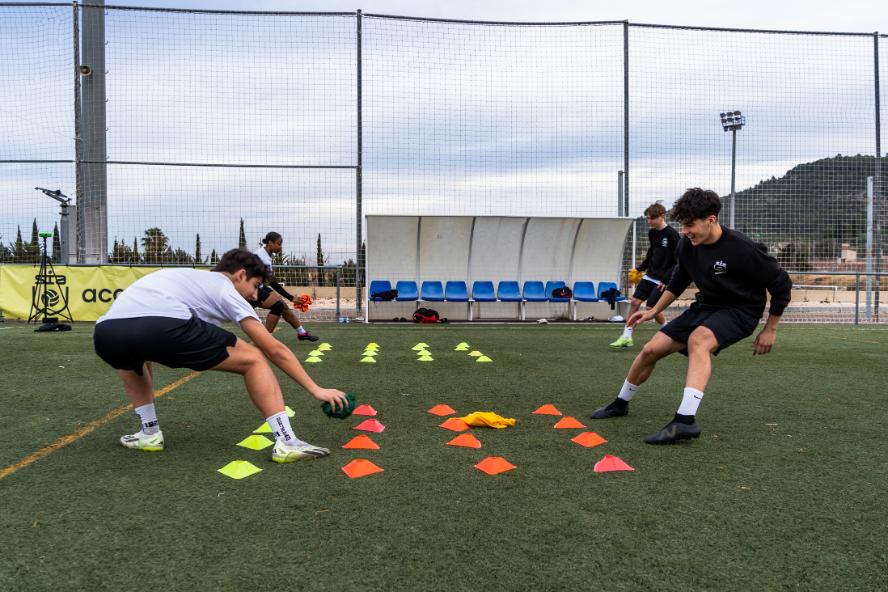
3. Hand-eye and foot-eye coordination exercises: In all SIA Academy programmes, we incorporate activities that challenge hand-eye coordination, such as throwing and catching balls. It is also important to work on foot-eye coordination through ball control and touch exercises.
4. Obstacle games: As part of our training sessions, we set up an obstacle course for the children to overcome while keeping control of the ball. This helps to develop coordination skills while working on ball control.
5. Pursuit games: One of the exercises in our football camps is to organise games where the children chase and try to take the ball away from a teammate. This encourages coordination in movement and quick decision-making.
6. Passing and receiving games: We also practice accurate passing and controlled receptions between the children. We work on communication and synchronisation between the players to improve coordination in the game.
7. Coordination exercises with cones: In the technical session, we set up a series of cones and design exercises that require the children to dribble around them. This helps to develop coordination in ball control and movement.
8. Juggling games with the ball: Among the different exercises we do at SIA Academy, there is juggling with the ball, both with the feet and with the hands. This improves coordination and control over the ball.
9. Reaction games: We use exercises that require quick reactions, such as “simon says” games or exercises with sudden changes of direction.
10. Small-sided games: To end the day’s training sessions at our football camps, we play games in smaller spaces on the pitch. This helps us to promote greater participation and requires greater coordination in more confined spaces.
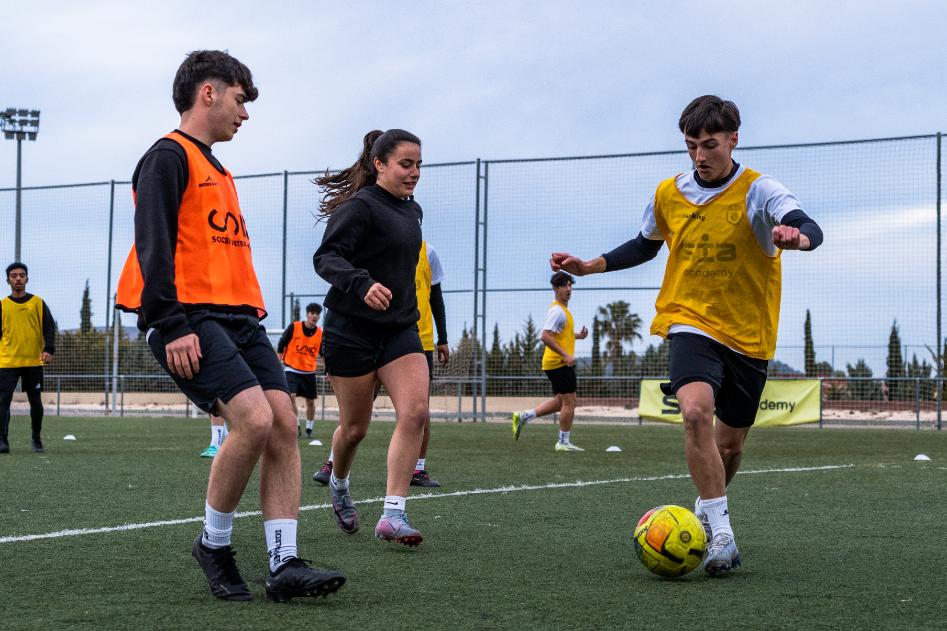
It is important that the exercises are appropriate for the age and skill level of the children. In addition, training should be fun and varied to maintain the interest and motivation of the young players.



